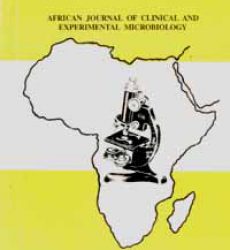1Nwagbo, E. C., 2Ekwunife, O. I., 3Mmeremikwu, A. C., and *4Ojide, C. K.
1Department of Pharmacy, Medical Services, Nnamdi Azikiwe University, Awka, Anambra State, Nigeria
2Department of Clinical Pharmacy and Pharmacy Management, Faculty of Pharmaceutical Sciences, Nnamdi Azikiwe University, Awka, Anambra State, Nigeria
3Department of Pharmacy, Alex-Ekwueme Federal University Teaching Hospital, Abakaliki, Nigeria
4Department of Medical Microbiology, Faculty of Medicine, Ebonyi State University, Abakaliki, Nigeria *Correspondence to: edomann2001@yahoo.com; +2348052534844
Abstract:
Background: Pre-exposure prophylaxis (PrEP) is a highly effective preventive measures against HIV infection but its success is strongly based on adherence, which in turn depends on willingness to use. This study is aimed at assessing the level of awareness and willingness to use PrEP to prevent HIV infection among female sex workers (FSWs) in Anambra State, Nigeria, and to identify factors that influence willingness to use PrEP. Continue reading “Awareness of and willingness to use pre-exposure prophylaxis to prevent HIV infection among female sex workers in Anambra State, south-eastern Nigeria”

